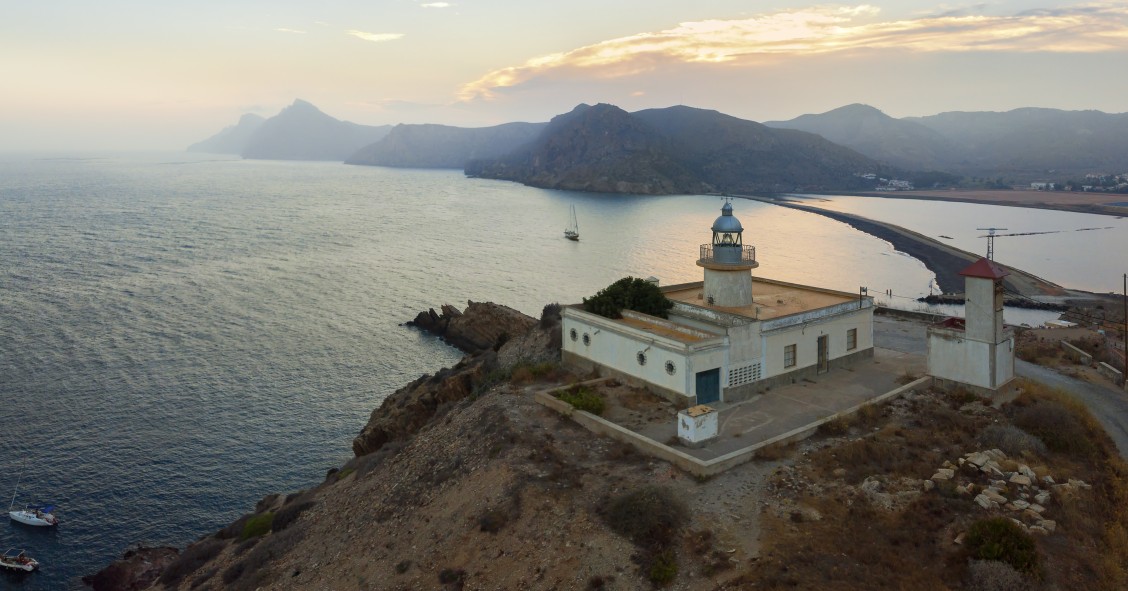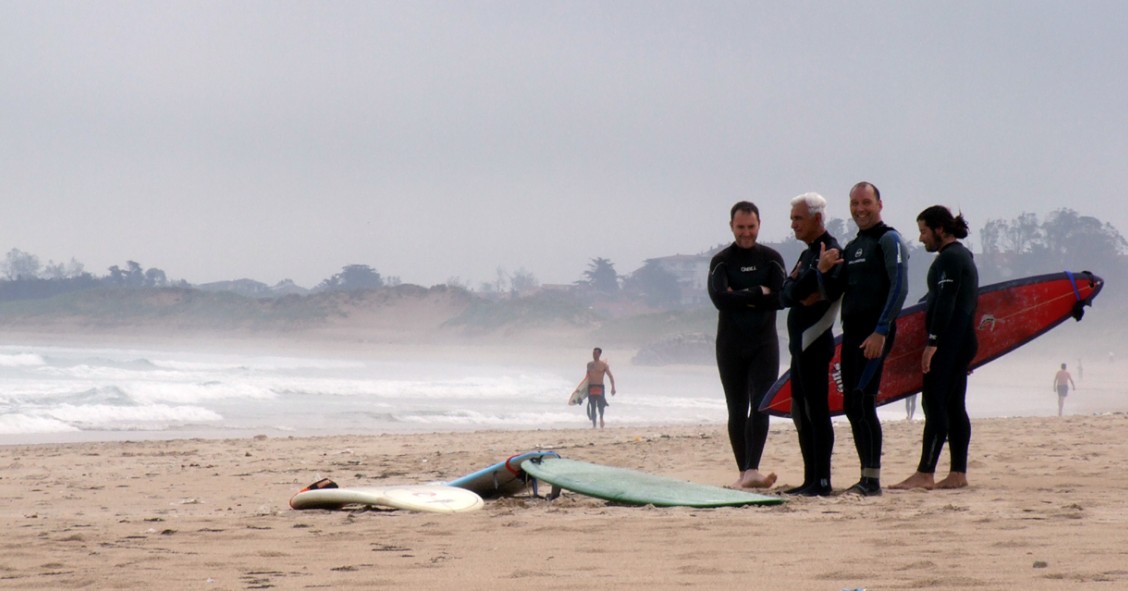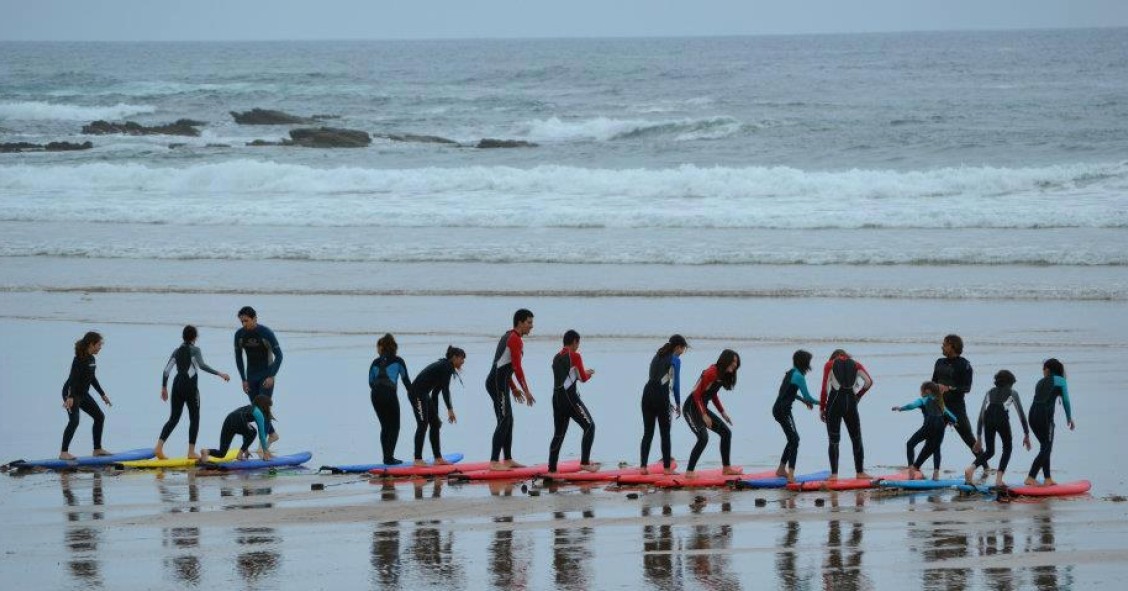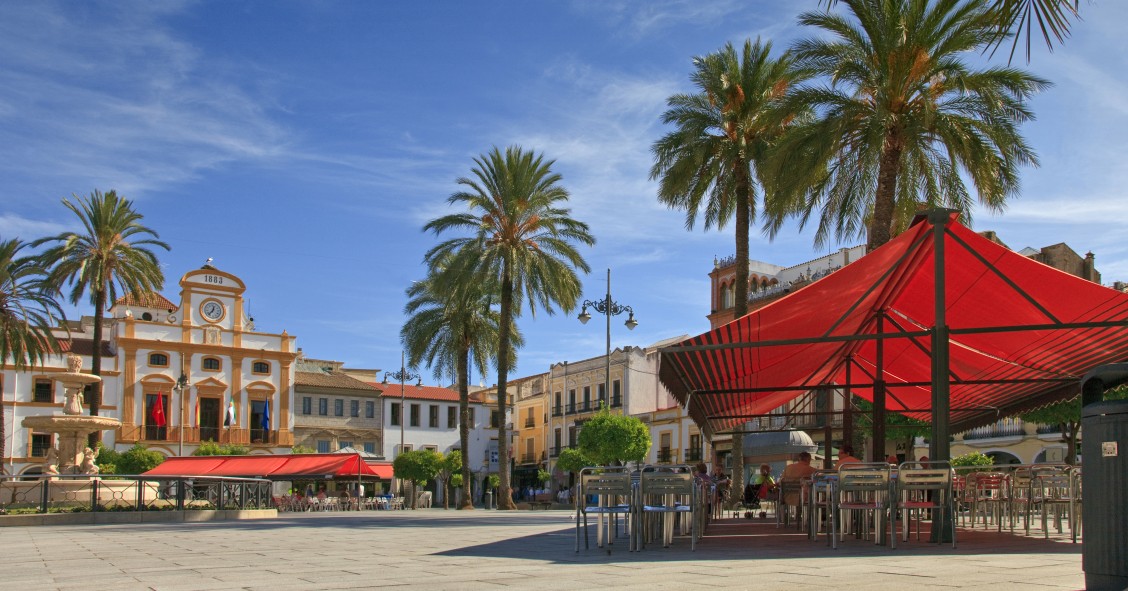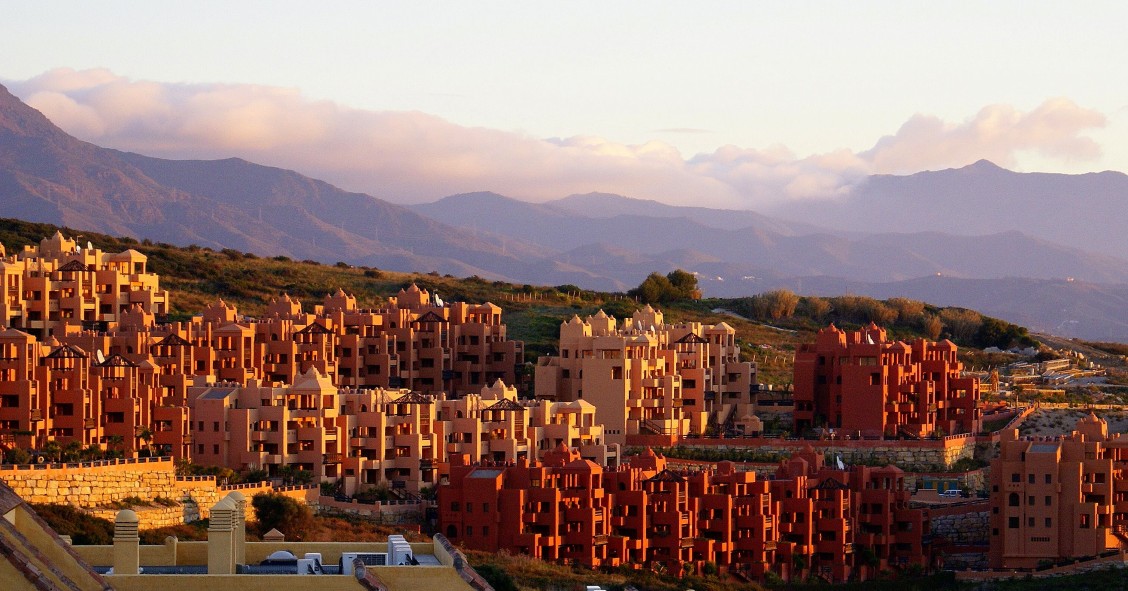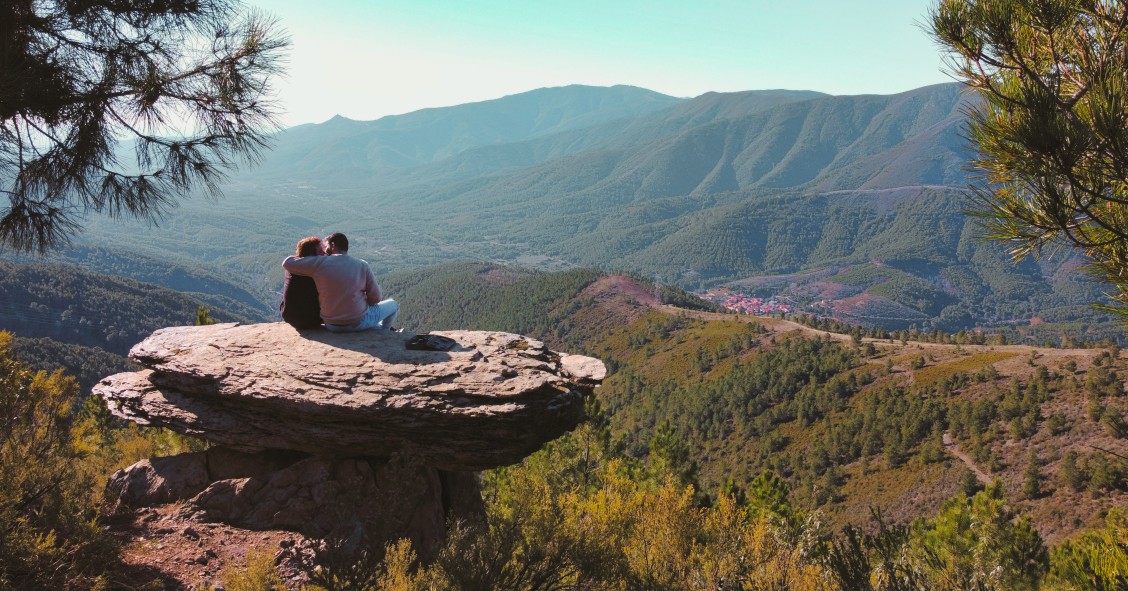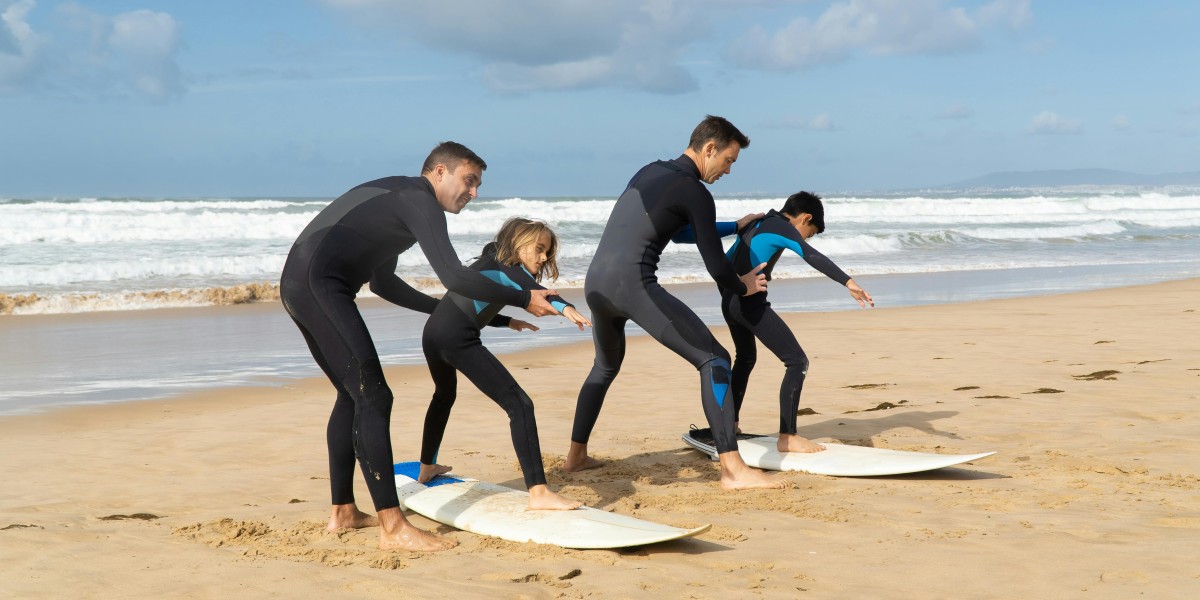
Surfing in Spain is not all about those daunting waves you see the pros catching. Venture to the right spots and you'll find plenty of sunbaked beaches with gentler waves, making it a fantastic playground for anyone just starting out on the surf scene.
Best regions for beginner surfing in Spain
Spain’s coastline is incredibly diverse, so where you go for your first taste of surfing in Spain will really shape your experience.
The northern coast is the heartland of Spanish surfing, but you’ll find some fantastic spots for learning down in the south and across the Canary Islands too. The main things that change from region to region are the wave consistency and, importantly, the water temperature.
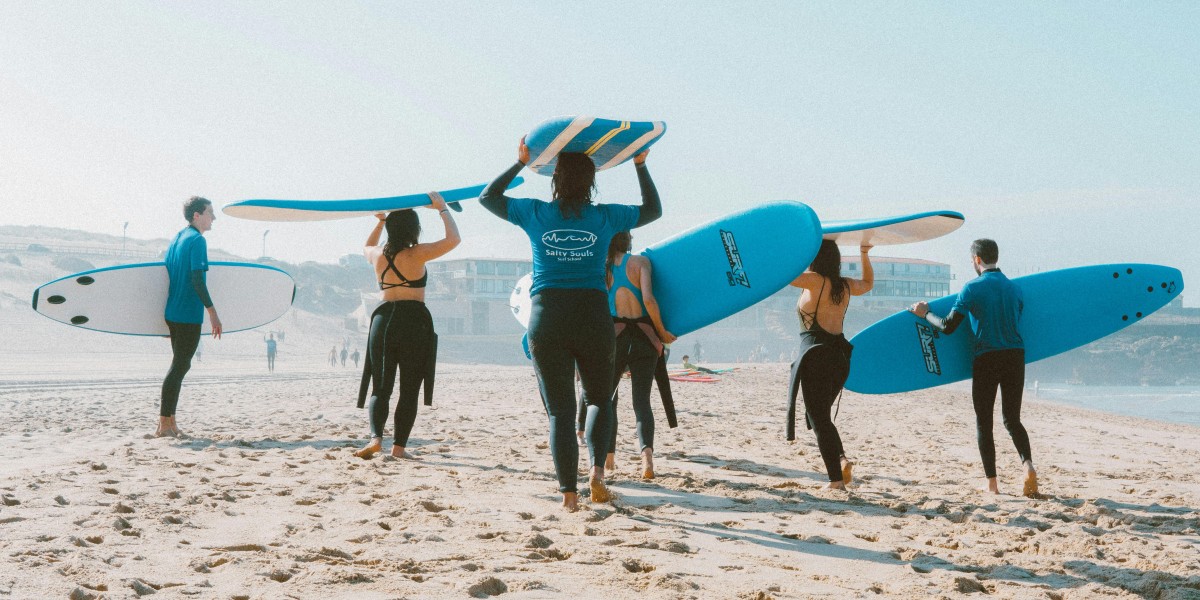
Surfing Northern Spain: the Basque Country
The Basque Country is world-famous in the surfing community for a reason: the waves are consistent and the culture is completely built around the sport. For a beginner like you, the place to be is La Zurriola Beach in San Sebastián. It’s a brilliant city beach, which means it’s surrounded by surf schools, rental shops, and great places to eat after you’re done.
Beginner surf spots in Cantabria and Asturias
The go-to spot in Cantabria is Somo beach, right across the bay from the city of Santander. It’s a huge, long stretch of sand with gentle, rolling waves that are perfect for learning on.
Asturias is known as the Costa Verde (Green Coast), and it’s absolutely stunning. Beaches like Rodiles and the Blue Flag Beach of Salinas are excellent choices, especially in summer when the conditions are ideal for beginners.
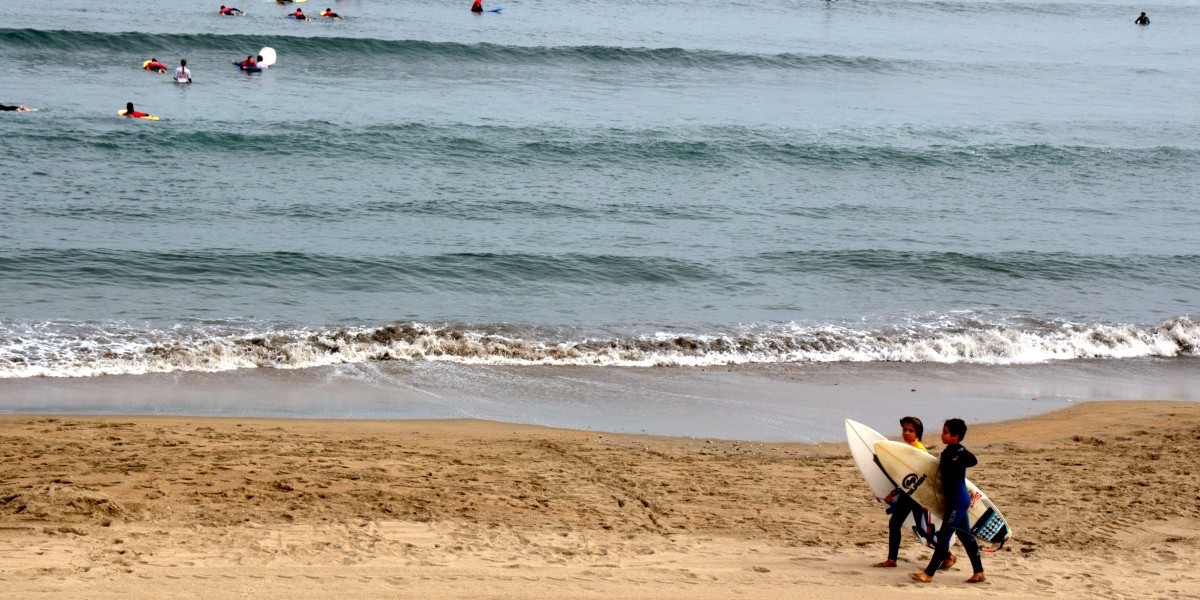
Learning to surf in Galicia
If you continue west, you’ll hit Galicia, Spain’s rugged northwestern corner. The coastline here feels wild and untamed, and it gets some powerful Atlantic swells. Don’t let that intimidate you, though. Beaches like Pantín and Doniños, while famous for hosting competitions, have sheltered areas that are great for learning, particularly with a local surf school that knows the tides.
Be warned, the water here is chilly, even in high summer, so a good wetsuit is a must.
Surfing the Canary Islands: Spain’s year-round destination
If you're thinking of a winter trip or just want guaranteed warmer water, then the Canary Islands are your answer. They're often called Europe's "endless summer" for good reason. The surf is consistent all year round, and you can get away with a much thinner wetsuit.
Surfing in Fuerteventura and Lanzarote for beginners
Fuerteventura is the top choice. Head to the north of the island around Corralejo, where you'll find plenty of sandy beach breaks perfect for learning. Down on the south coast, a spot called La Pared is also known for its gentle and reliable waves.
The star of the show on Lanzarote is Famara beach. It's a massive, stunning bay with a dramatic cliff backdrop and reliable waves that are brilliant for all levels, but especially for beginners.
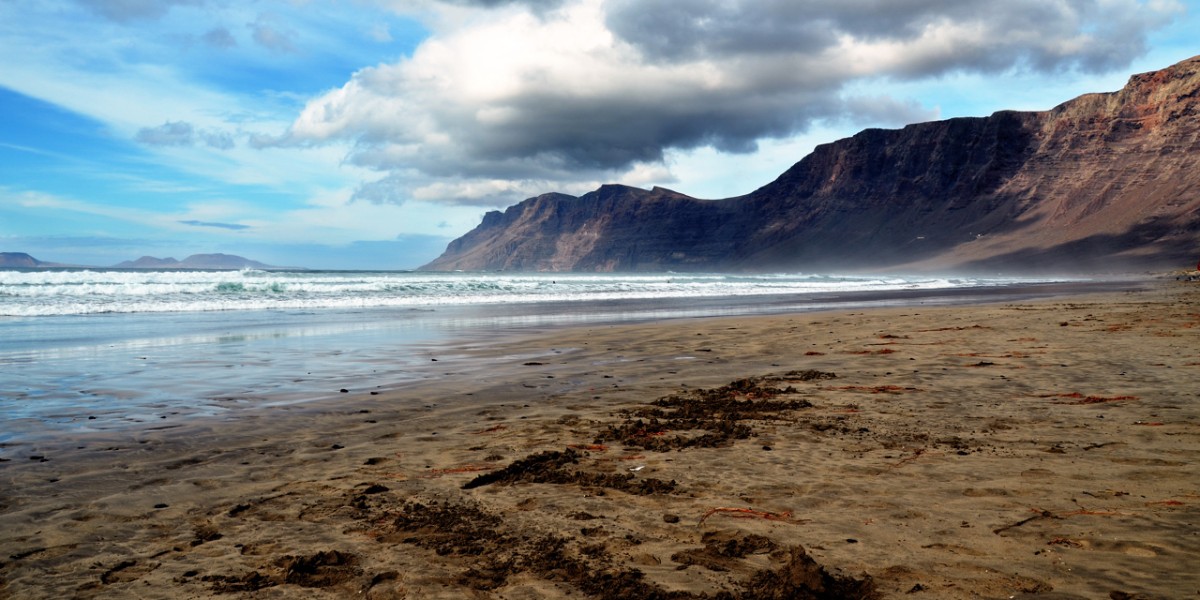
Beginner-friendly waves in Tenerife and Gran Canaria
While Fuerteventura and Lanzarote might get more of the surf headlines, you can definitely learn to surf on the two biggest islands as well. The place to look on Tenerife is in the south, around Playa de las Américas. While it's a busy resort town, it has specific sheltered breaks that are ideal for getting to grips with a longboard. In Gran Canaria, head to the south of the island around Maspalomas. The waves here are generally smaller and much more manageable, which is exactly what you want when you're just trying to stand up for the first time.
Essential tips for your Spain surf trip
Before you just grab a board and run into the sea, there are a couple of things worth knowing. Sign up with a good surf school or a surf camp for your first few goes. They’ll not only get you standing up much faster, but they’ll also teach you about water safety and the local conditions, which is incredibly important. They'll also drill you on basic surf etiquette, like how to stay out of other people's way and the rules of who has the right of way on a wave.
When is the best time to go surfing in Spain?
For learning, the summer months from June to August are probably your best bet, especially in Northern Spain. The weather is lovely, the water is at its warmest, and the waves are generally smaller and more manageable. Autumn and winter see bigger, more powerful swells roll in, which is what attracts the more experienced surfers. That said, even during these months, a good surf school will know the sheltered spots where the waves are still suitable for beginners.
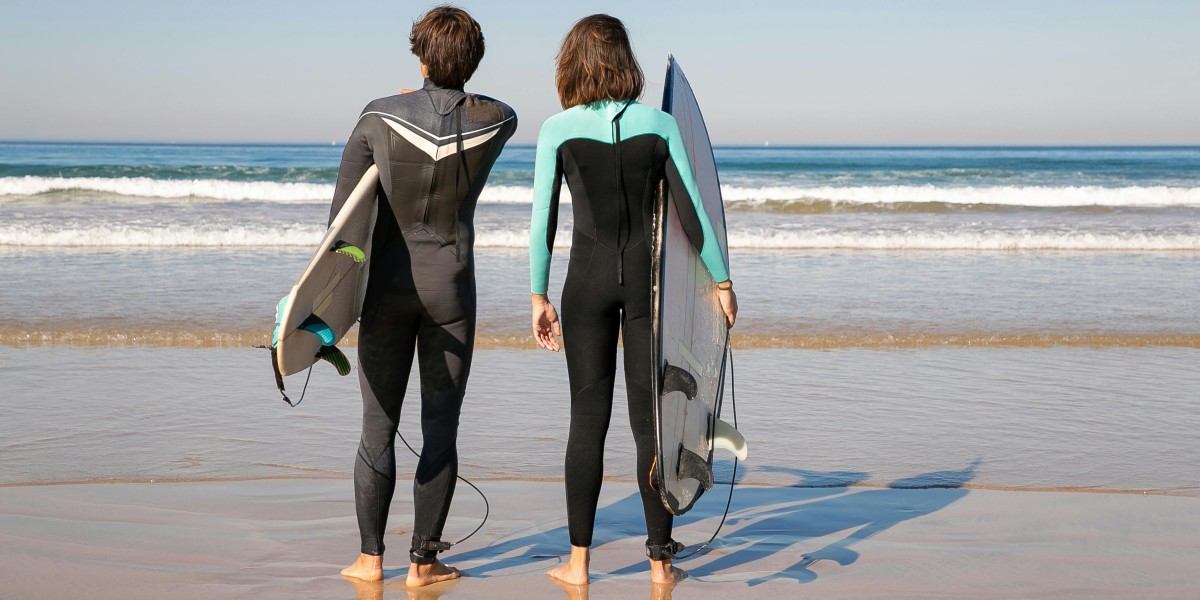
Do I need a wetsuit to surf in Spain?
The short answer is yes, you almost certainly will. The only time you might get away with just a rash vest is in the middle of summer in the Canaries or maybe on the Mediterranean coast, but for everywhere else, a wetsuit is essential.
- Northern Spain (summer): you’ll want a 3/2mm wetsuit. This means the torso part is 3mm thick and the limbs are 2mm. It gives you a good balance of warmth and flexibility.
- Northern Spain (winter): the Atlantic gets properly cold. You’d need a thicker 4/3mm suit at a minimum, and many people will use a 5/4mm suit with a hood, boots, and gloves, especially in Galicia.
- The Canary Islands: you can often get by with a 2mm "shorty" wetsuit (one with short arms and legs) or a thinner full-length suit, even in winter.
What is the surfing capital of Spain?
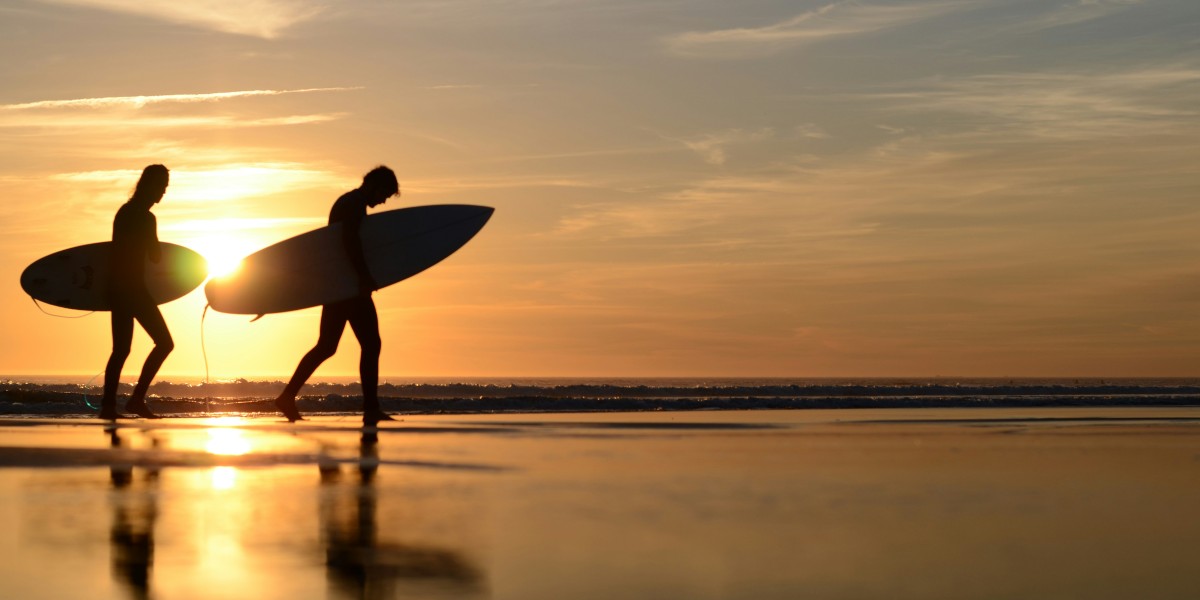
You’ll get a few different answers, as there isn't one single, official titleholder. However, most people in the know would point you towards either San Sebastián in the Basque Country or Somo in Cantabria as they tend to have the best surf spots in Spain.
Both places are completely steeped in surf culture, with endless surf schools and shops, and a vibe that revolves around the tides. Of course, if you were talking to the pros, they would probably say the capital is Mundaka, home to that legendary left-hand wave. But that's a whole different league.
